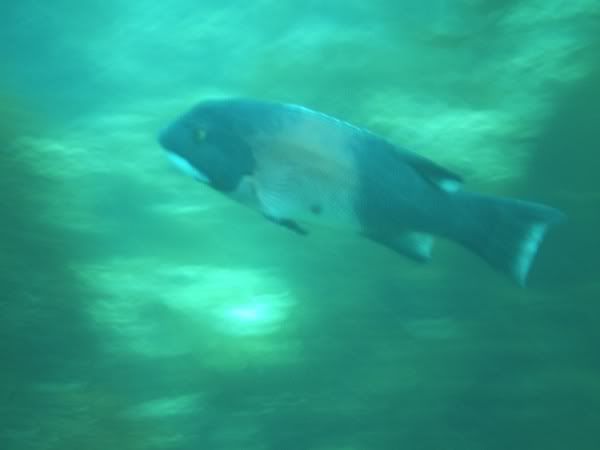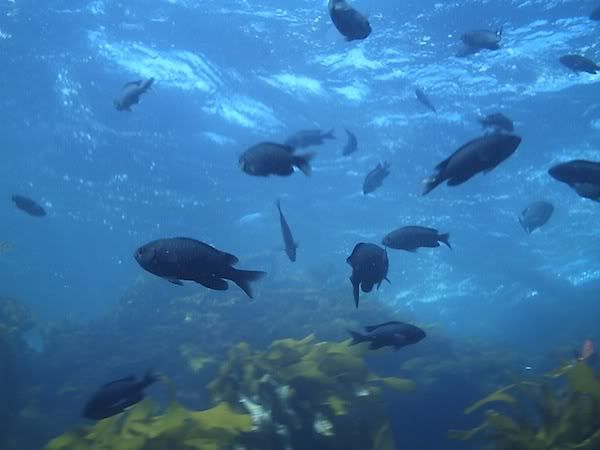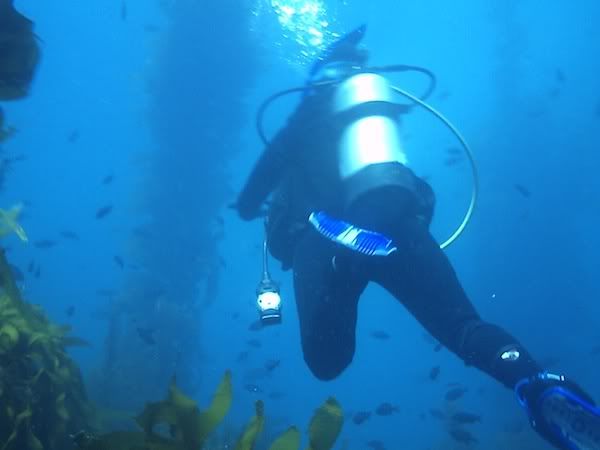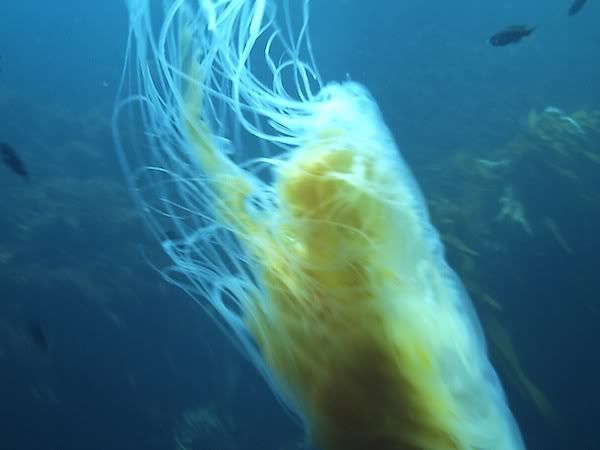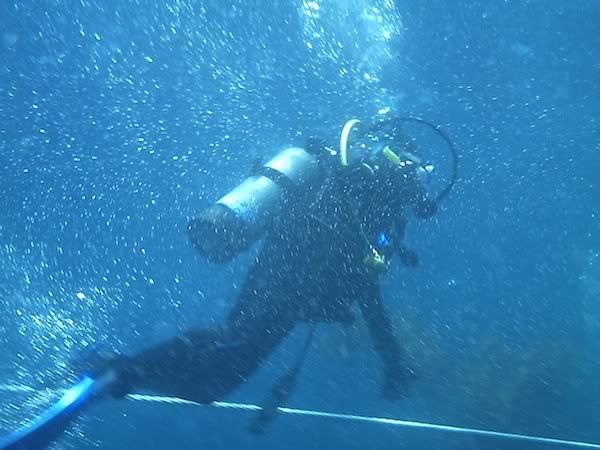This is the first of a two-part product review
I set out to review underwater still or video cameras for scuba, freediving and snorkeling enthusiasts by getting a piece of fairly new equipment and trying it out. I soon discovered it was difficult to get local dive shops to loan me their expensive equipment to write about, for fear of flooding or that I might lose it.
During my search for a loaner, I stumbled upon the Intova SS-1000, a small and affordable point and shoot, which I purchased and used on a dive on Memorial Day at Catalina Island from the dive boat, The Magician. You can catch dive boats to Catalina almost daily out of the Port of Long Beach and San Pedro.
I bought the camera because of its incredibly low cost (I paid $39 at Sport Chalet in Long Beach). And since it is new, folks who carry the product, including Joe Liburdi, a well-known underwater imagery expert who owns a high-end shop in Irvine, couldn’t tell me much about it. It was ripe for a review.
I used the camera on three dives in roughly 58-degree water with a visibility of 20-40 feet shooting at depths between 18-60 feet. The light was variable, but overall decent.
In short, I thought the camera was a good deal for the price. It was easy to download the photos through an included USB cord on my Mac (it’s also PC compatible), and the camera’s 5 megapixels offered good detail in the photos. See photos I took below.
I would recommend the camera to those who are not into high-end photography, or as a good backup camera for those who are a bit more serious. However, about a quarter of the images I took came out blurry, or obscured by light tracers.
I told the folks at Intova that I was writing up a review of the product and had a few questions I was hoping someone could answer by e-mail.
They got back to me immediately. It turns out, its makers plan to change the packaging and marketing efforts to promote as a video camera first and a still camera second.
Looking at it from their point of view, I couldn’t agree more—around $40 for a video camera sounds like a great deal, considering the cheapest I have seen are $400 and up.
I did not shoot video on the camera, instead focusing on its still capabilities first, with plans to try out the video functions on another dive and write about those separately. Stay tuned for that review. Intova also sent me some clips they shot with the camera inside the Aquarium of the Pacific in Long Beach, as well as in the open water of the Roddenberry Dive Team at a depth of about 85 feet. See videos below.
Joe Ganahl, with Honolulu-based Intova, responded with the news about refocusing the marketing of the product: “We have actually changed gears on this product and will be marketing it primarily as a video camera. The video quality is extraordinary for the price.”
He added, “It is very, very good for the price and takes this from a good value to a fantastic one.”
Here are the questions/issues I sent to Intova and below are those are their responses.
Q: About 25% of the photos came out blurry or were inundated with light tracers. Some of this could be due to me not holding the camera steady, but there were photos I took where I knew I was steady. What happened in these instances?
A: Most blurriness is due to shaking. We revised the shutter for 100-foot capacity and it is hard to push, which causes camera to shake. We are working on further revisions to shutter button. Low light is often another factor for still photos.
Q: It seems you have to have very good light to get an image. I took a photo of a pair of lobsters recessed in a nook, and it seemed there should have been plenty of light, but the photo came out pretty dark. Can you explain?
A: The sensor does require light. The video function requires much less light and we can send some great clips taken at 85 feet on a dark day with poor visibility. We also have a version with flash but may not roll it out if we shift emphasis to video.
Q: The batteries don’t seem to last very long. Is there a way a user of your camera can make them last longer?
A: The type of battery can make a big difference. The batteries it comes with are not the best. Lithium batteries will significantly improve performance.
Q: Movement easily produces blurring (see question No. 1). This seems like it’s a function of slow shutter speed. Am I incorrect?
A: Shutter speed and sensor. Again, not an issue with video.
Photos shot by Don:
Videos submitted by manufacturer:

